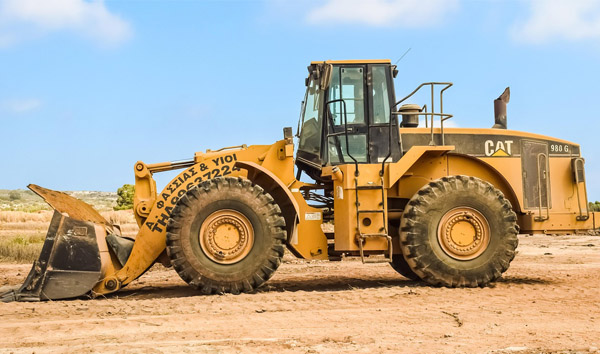The Evolution of Heavy-Duty Mining Muddy Ground Forklifts
2025-08-01 04:40:23
The mining industry has long relied on heavy-duty equipment to handle extreme conditions, but muddy ground forklifts represent a significant leap in engineering. Designed with reinforced chassis and wide, deep-tread tires, these machines can traverse slippery, uneven terrain without compromising performance. Unlike standard forklifts, heavy-duty muddy ground models incorporate advanced hydraulic systems to prevent bogging down in wet conditions, ensuring uninterrupted productivity.
One of the key innovations in heavy-duty muddy ground forklifts is their enhanced weight distribution. Mining operations often require lifting and transporting loads exceeding 10 tons, and unstable ground can pose serious safety risks. Engineers have addressed this by integrating dynamic counterbalance systems that adjust in real-time to shifting terrain. Additionally, corrosion-resistant materials are used extensively to withstand prolonged exposure to moisture and abrasive mining environments.
Another critical feature of these forklifts is their intelligent traction control. Heavy-duty muddy ground models utilize sensor-based systems to detect surface conditions and automatically adjust tire pressure and torque distribution. This minimizes slippage and maximizes efficiency, even in the most challenging mining sites. Furthermore, their high-clearance undercarriages prevent debris buildup, reducing maintenance downtime—a crucial factor in cost-intensive mining operations.
Market data indicates a 23% annual growth in heavy-duty muddy ground forklift sales, driven by expanding mining activities in regions with high rainfall and soft soil. Leading manufacturers are investing heavily in hybrid and electric variants to meet sustainability goals without sacrificing power. As mining continues to push into untapped territories, the role of these specialized forklifts will only become more indispensable.













